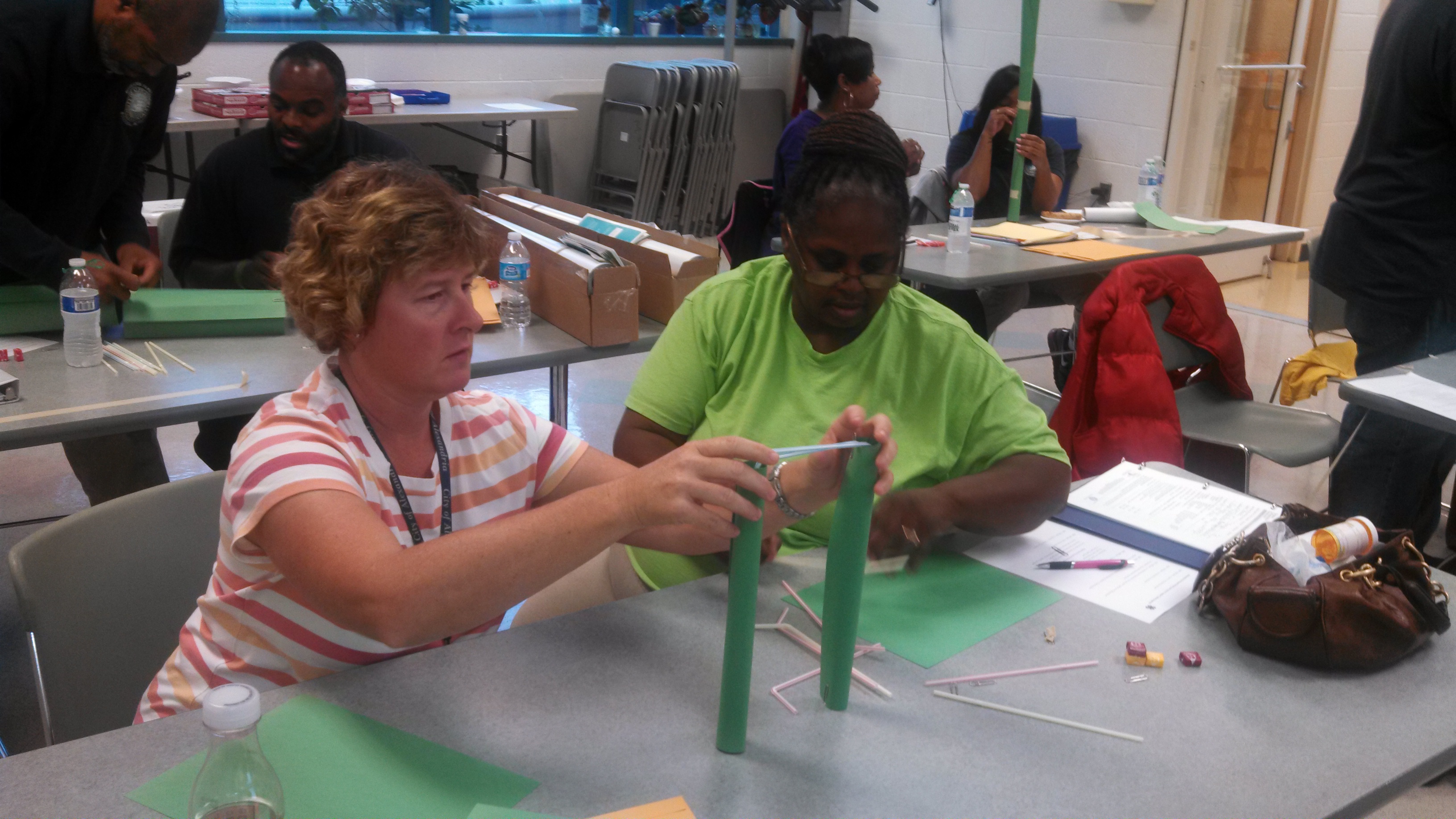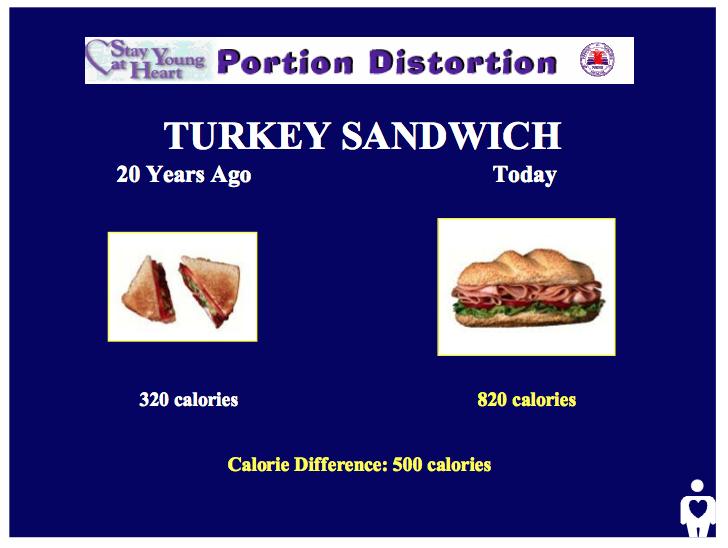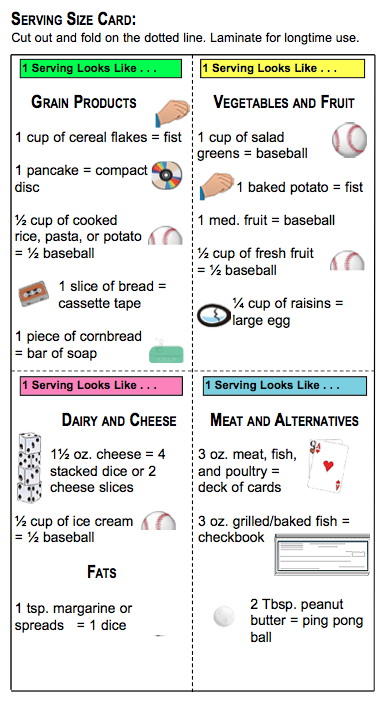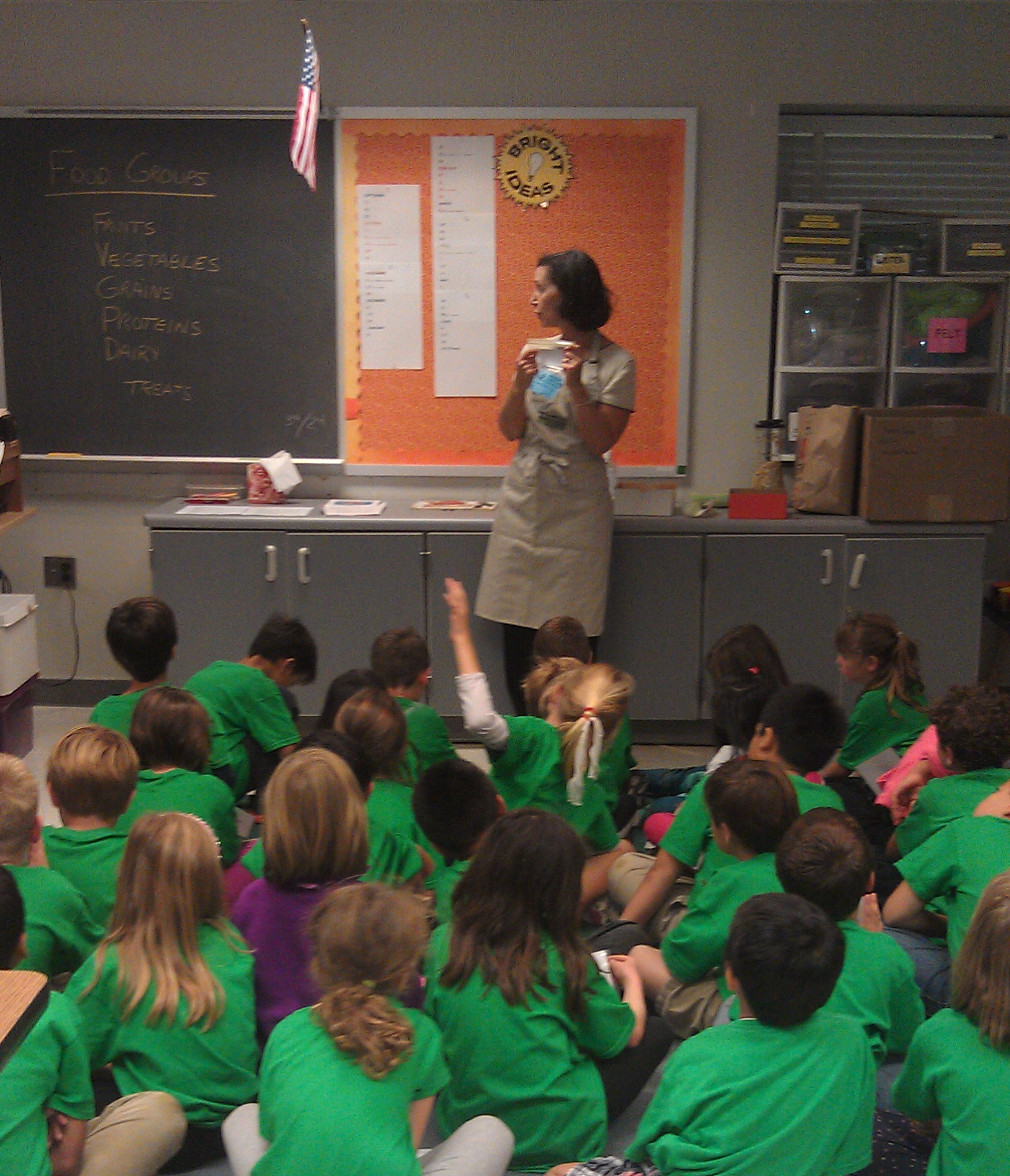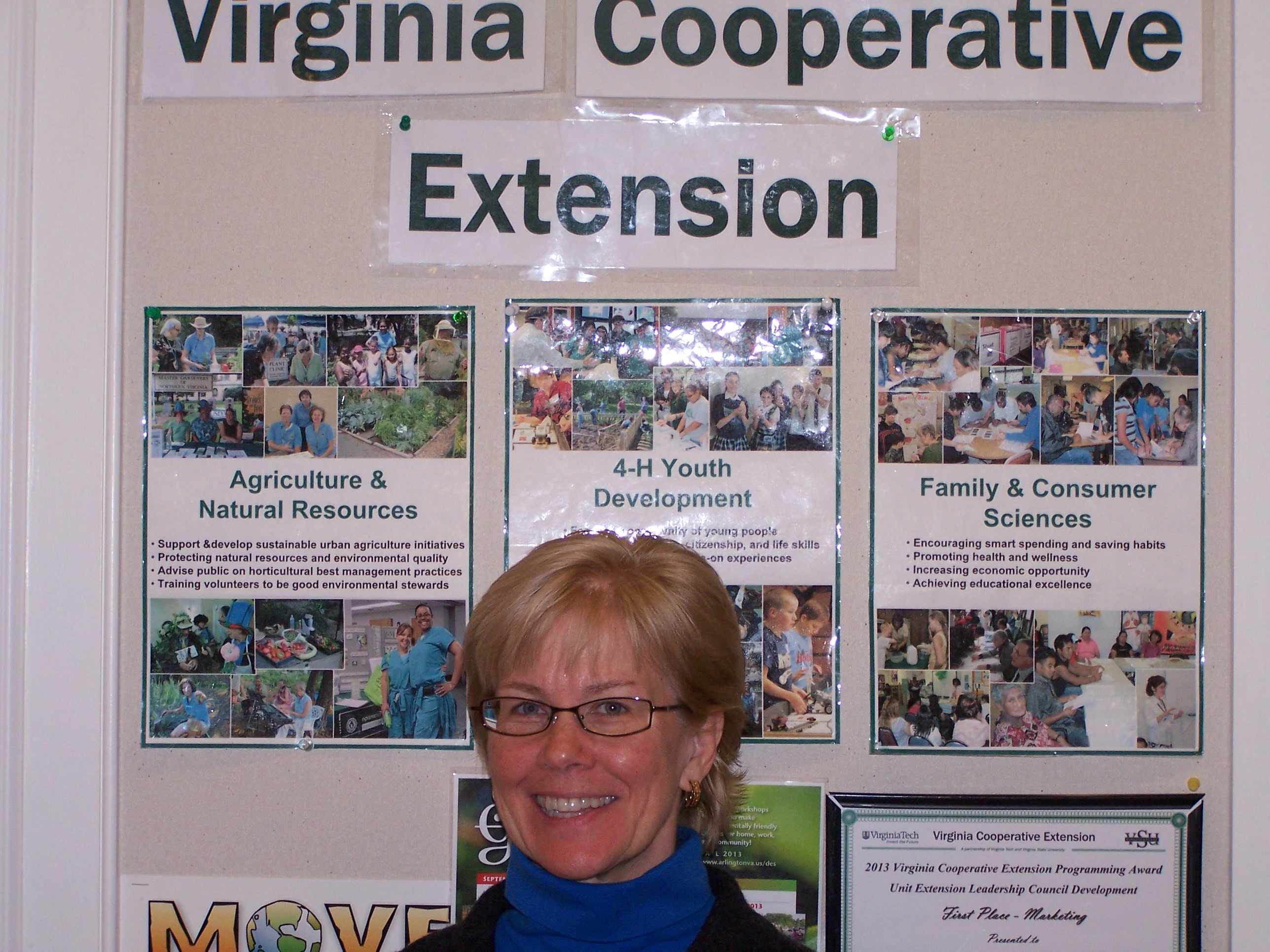By: Joan C. Smith/Volunteer Financial Counselor
A friend recently lost their main job. They had another job on the side providing a service to customers, however, their main job suddenly closed.
This person had two other housemates.
This friend had been concerned for some time about the increasing cost of utilities more specifically the electric, gas, and cable.
When they mentioned their job loss, one of the first thoughts that came to mind was possibly reducing the cable.
I knew that they had at least about 500 channels that they weren’t even watching.
Even though I’ve known this person for several years, I struggled with whether or not I should mention downsizing the cable as an immediate and quick solution to saving money.
Why did I struggle with mentioning this? Was it because I was familiar with their job loss and saw what could immediately reduce?
Was it because I was fearful of mentioning it to them as they would have to present the idea to the other housemates? By the way, the cable was in the friend’s name.
As economic times overall seem to be getting worse, at any given time, you may be faced with trying to assist a friend and/or loved one with some budget cutting solutions and/or financial decisions.
Are you prepared? Is there any real way to prepare for this?
The answer is Yes and No.
How can that be?
Let’s start with “No.” When we say no, there’s no way for us to predict the economic pulse, let alone our own future financial status. Who’s to say we won’t experience a job loss, lay off, reduction of work force, furlough, etc?
Now to “yes” in the sense of preparing ourselves to speak to a loved one or friend on this delicate subject.
If this is someone you know well, most likely you know their personality. Are they the type that is receptive to an open conversation? Or, are they more receptive to an article, website, or link emailed to them?
Are they open to something like” Have you considered reducing your cable” as opposed to “You need to call your cable company now and have them put you on another plan.”
Page two
Know the person and/or personality type that you are dealing with. That ALONE may eliminate some of the fear and/or anxiety in approaching them.
In conclusion, there are some options as to how to deal with a delicate topic such as finances and money with friends and loved ones.
You may be curious as to how I handled my own situation. Fortunately and miraculously, within a week of getting the news of the job elimination, this person got another offer from a longtime colleague in their field. To date, they are both working together regularly and business (thus far) has been good.
